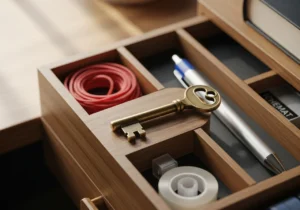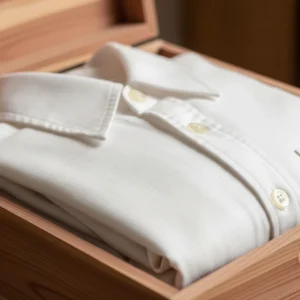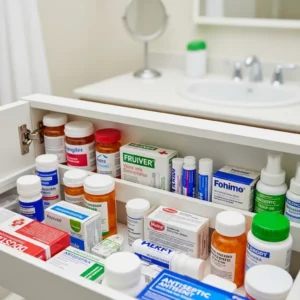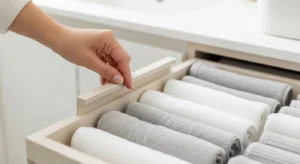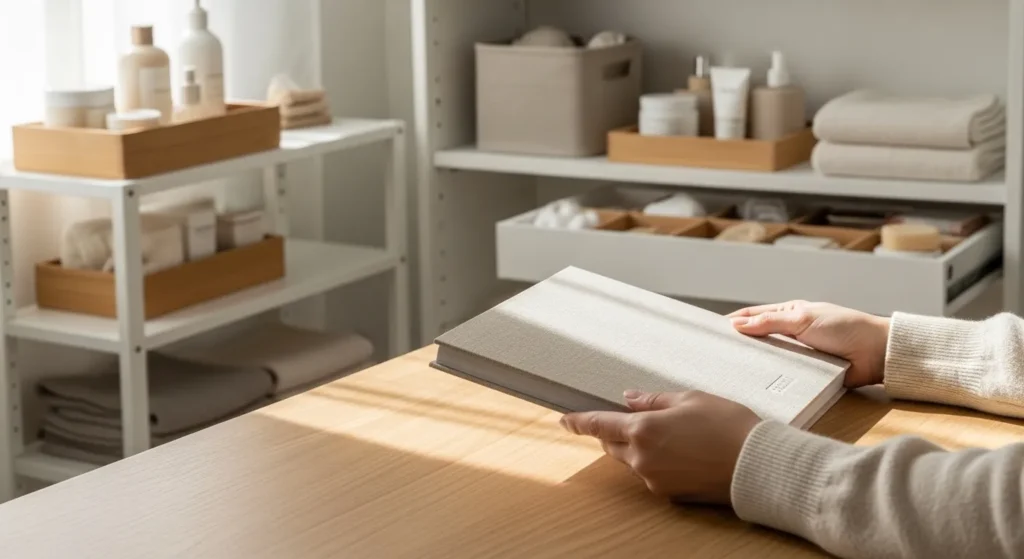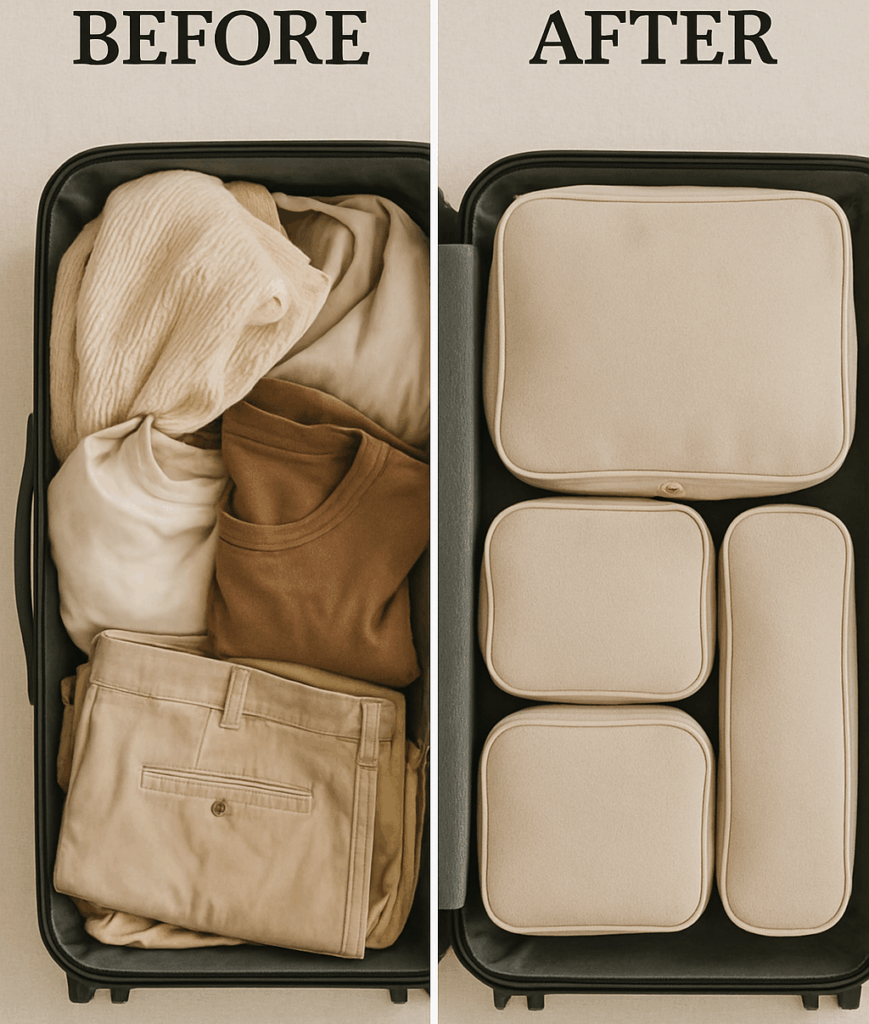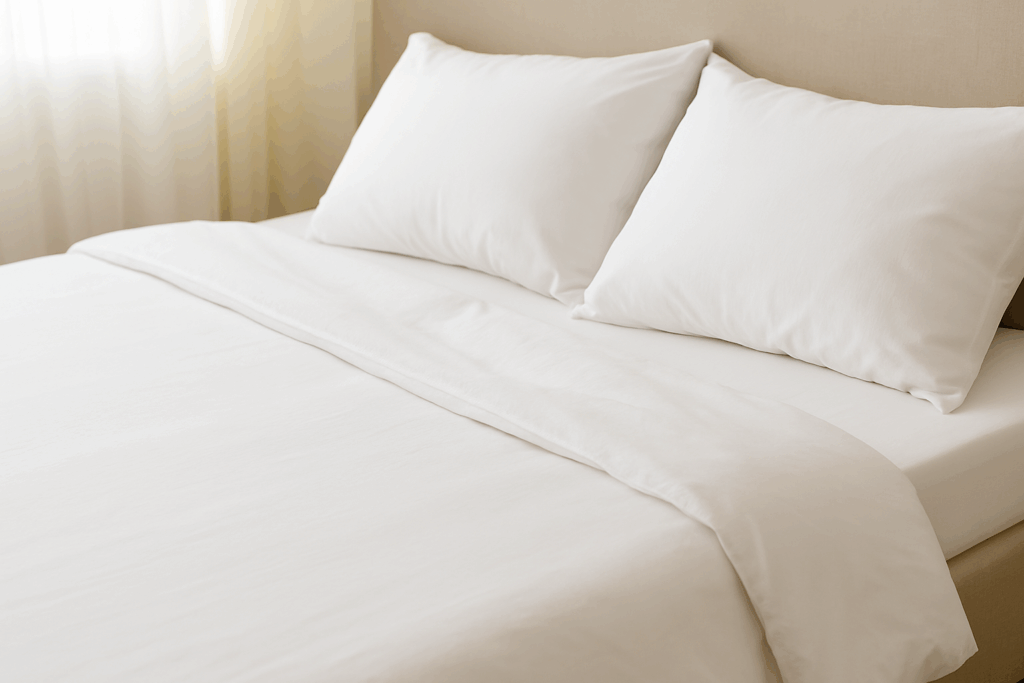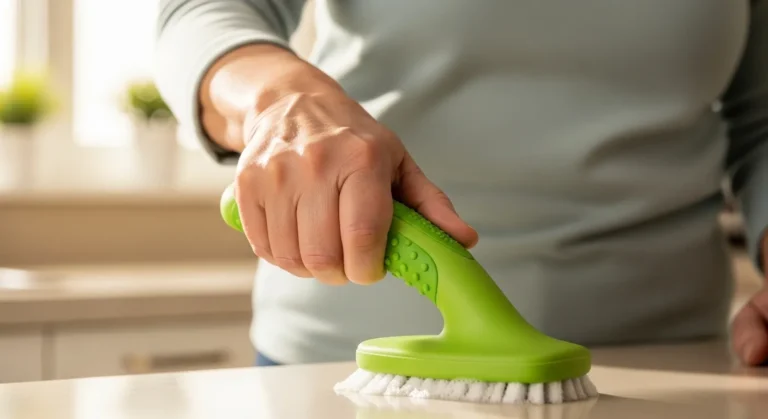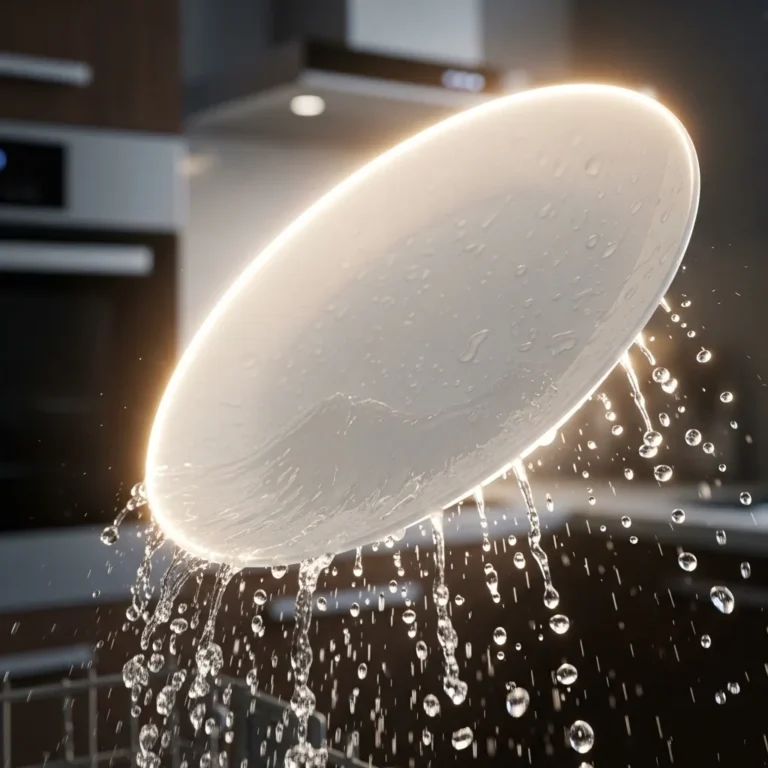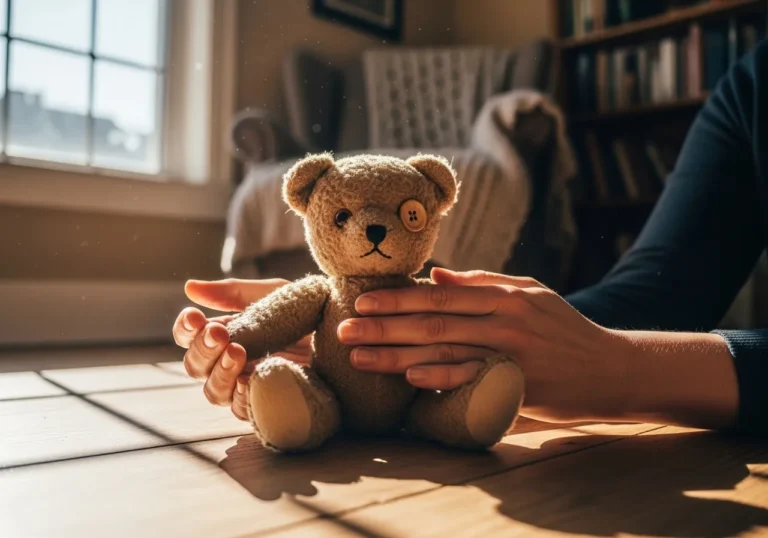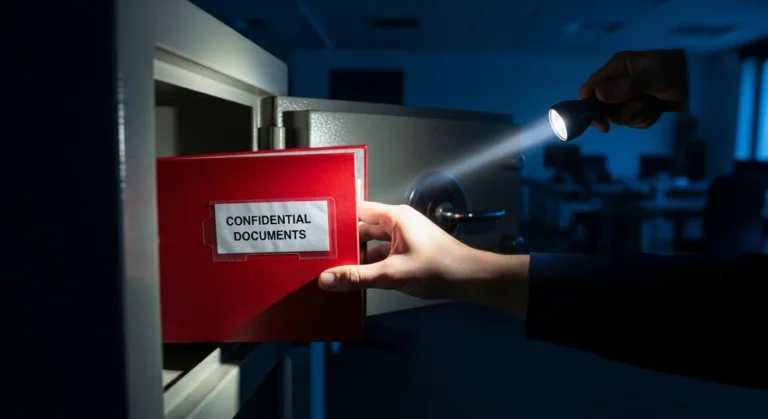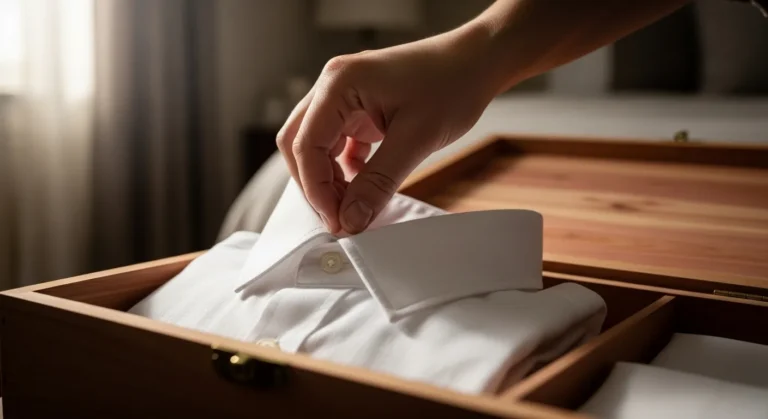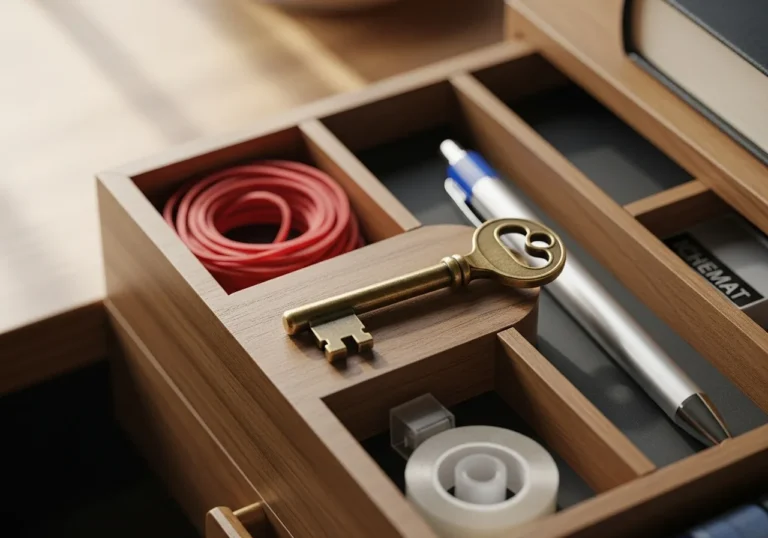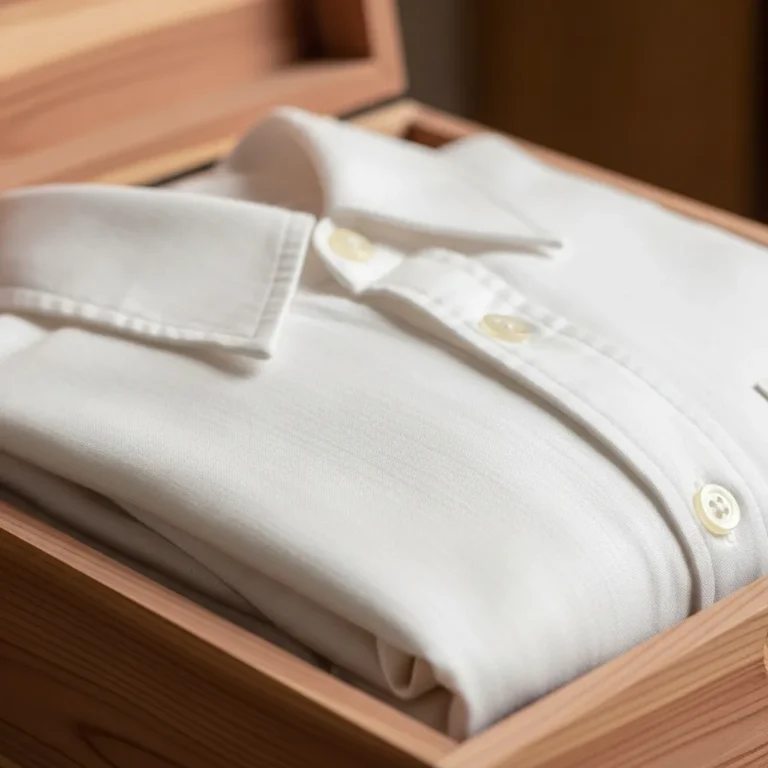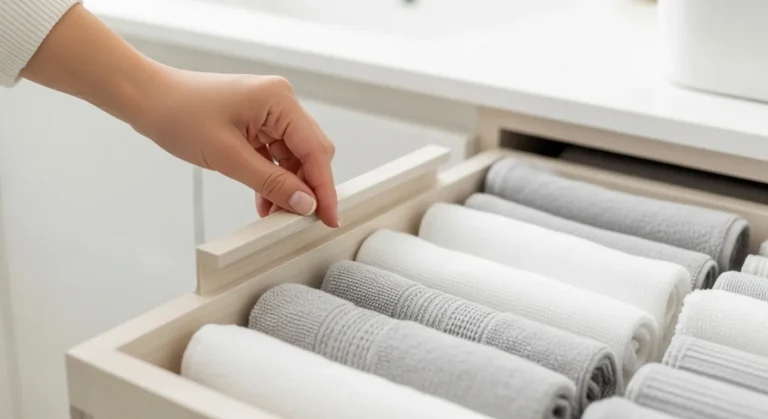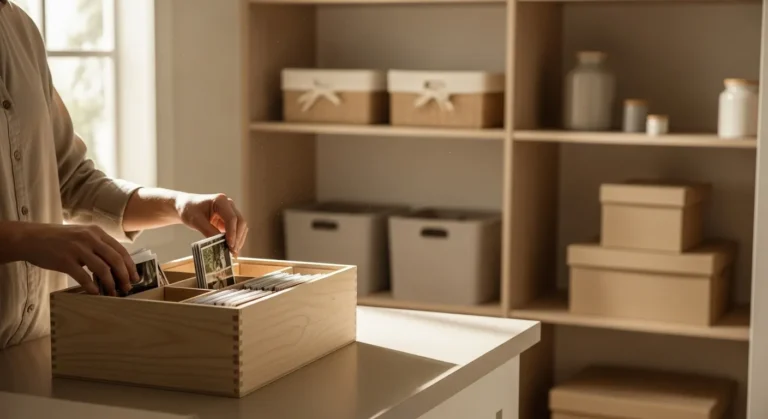My mother always cleaned everything with bleach. Perhaps it was because there weren’t many alternatives, or she genuinely believed bleach was the most effective way to eliminate bacteria. Recently, however, I’ve started to question whether this highly toxic substance is truly a suitable choice for cleaning. Do you use bleach, or have you transitioned to more eco-friendly cleaners?
Bleach is widely viewed as a primary cleaning and disinfecting agent, but it also carries considerable concerns that often go unnoticed. Although many consider bleach to be the best option for thorough cleaning, studies suggest that it may not be as effective against specific pathogens as other cleaning products. It’s important to note that the toxic nature of bleach can pose significant health risks for people. Breathing in bleach fumes can result in respiratory problems, skin irritation, and eye damage, which makes it a risky choice for home cleaning.
Additionally, when used on different surfaces, bleach can lead to irreversible damage, resulting in discoloration and the deterioration of materials like fabrics, plastics, and electronics. As more people become aware of these risks, it’s essential to rethink our reliance on bleach for cleaning tasks. In this article, we’ll take a closer look at the limitations of bleach, its harmful effects on human health, and introduce you to safer and more effective alternatives for keeping your space clean and healthy.
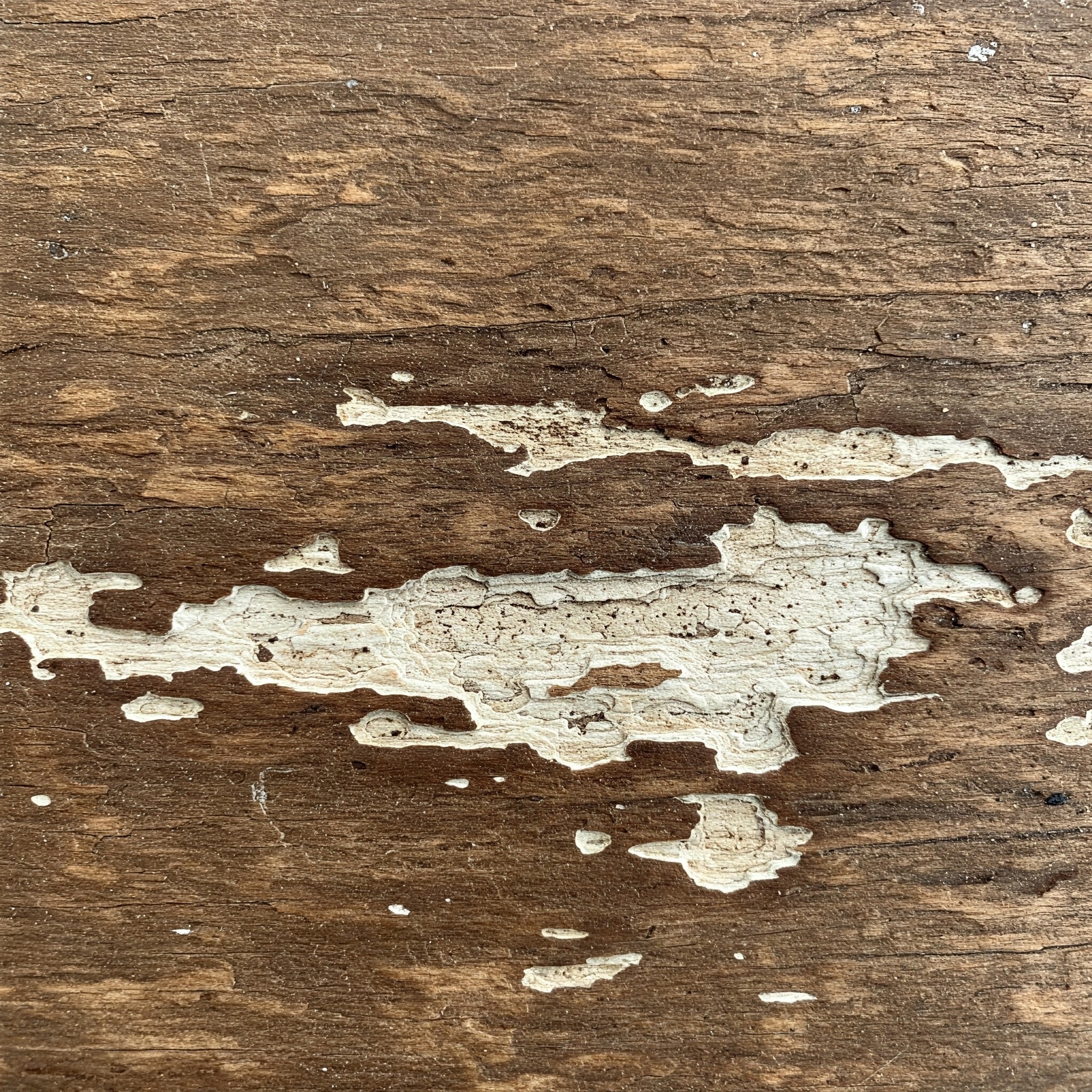
1. Wood Surfaces
When it comes to cleaning wood surfaces, it’s best to avoid using bleach. This strong chemical can harm the wood by stripping away its natural oils and protective finishes, which can lead to unwanted discoloration, dullness, and even structural issues in the long run.
Instead, using gentler methods can help maintain the wood’s beauty and integrity, preventing any unevenness and keeping those wood fibers strong and resilient against everyday wear and tear. Cleaning wood surfaces is best done with gentle, pH-balanced cleaners created just for wood instead of bleach. This way, you can keep the wood’s integrity and beauty intact while also enjoying a safer cleaning experience!
2. Colored Fabrics
It seems we all learned this lesson the hard way! I still recall the time I accidentally spilled some bleach on my favorite pair of jeans. I gave coloring them black a shot, but the bleach stains were still visible. Eventually, I had to accept that my beloved jeans were ruined.
Bleach is a strong whitening agent that operates by breaking down color molecules. While it’s effective, it can sometimes cause fading or even complete color loss in your fabrics. This is why you should avoid using it, especially for your vibrant or dark-colored items, as bleach can create uneven patches or unsightly stains. Moreover, bleach can deteriorate the fabric’s fibers over time, and your favorite clothes may begin to tear.
Rather than using bleach, it’s best to opt for color-safe alternatives like oxygen bleach or detergents specifically made for colored fabrics. These choices clean effectively without damaging the fabric’s integrity or appearance, promoting longer-lasting results.
3. Carpets
When a significant accident occurs, such as spilling red wine on your brand-new carpet, you may be tempted to use bleach to resolve the issue. However, this may not be the best approach. Bleach is a powerful chemical that can strip color from carpet fibers, resulting in noticeable stains and uneven patches.
For this reason, it is not recommended for colored or patterned carpets, as bleach can diminish their aesthetic appeal and reduce their overall value. Furthermore, this substance may gradually weaken the carpet fibers, making them more susceptible to wear and tear. Additionally, the way bleach interacts with the carpet can alter its texture, potentially detracting from the cozy comfort underfoot.
Rather than using bleach, it’s much better to choose carpet cleaners that are specially formulated for your type of carpet. These options are kinder to the fibers and work wonders in tackling stains, all while keeping your carpet’s original color and integrity intact. This way, you’ll create a cleaner and safer environment for everyone!
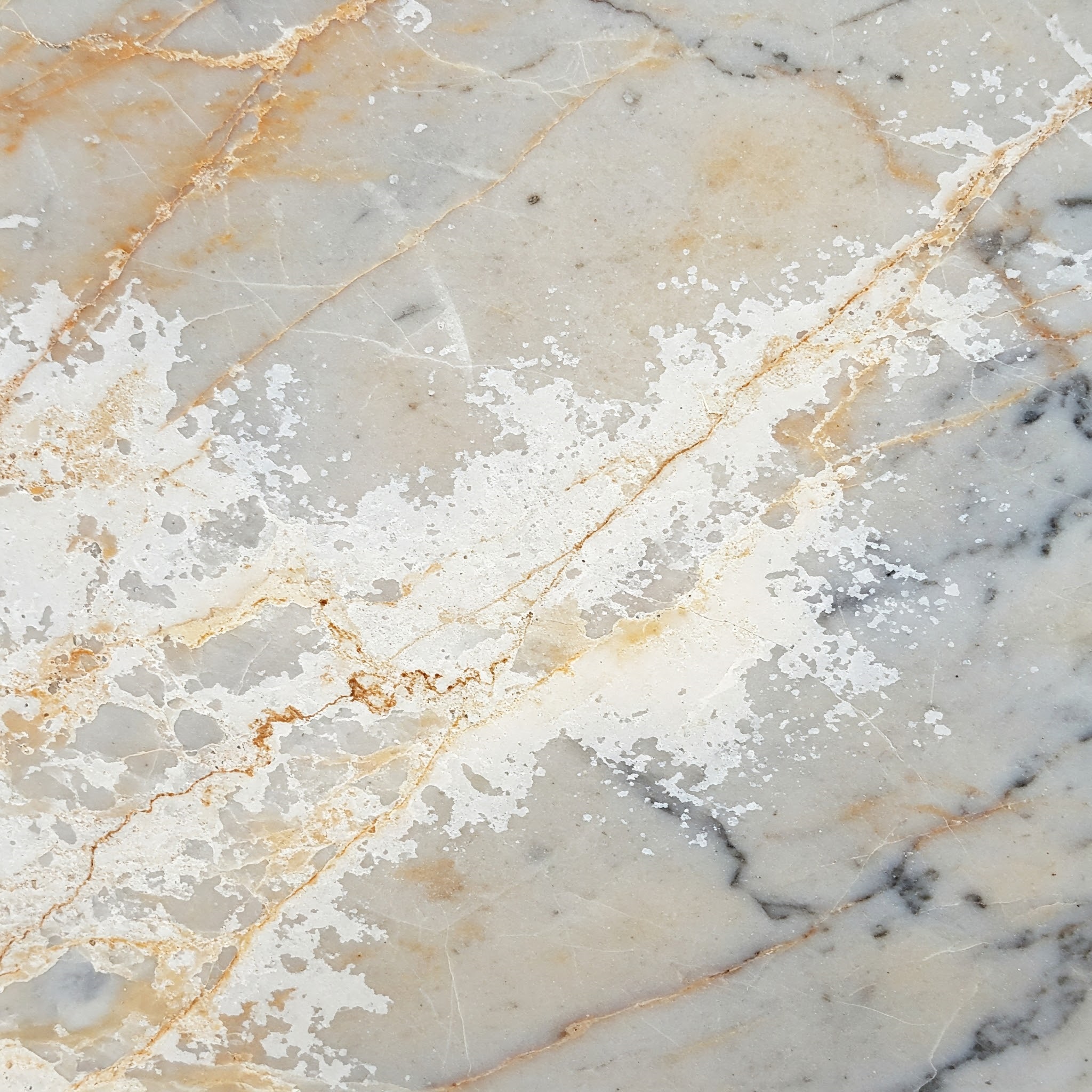
4. Natural Stone
Natural stones like granite, marble, and limestone are beautiful materials, but their porous surfaces can absorb harsh chemicals such as bleach. This can lead to discoloration and deterioration. The acidity in bleach can etch the stone, causing it to lose its natural shine and look dull. Plus, using bleach can weaken the stone’s structure over time, making it more prone to chips and cracks.
Rather than using bleach, opt for pH-balanced cleaners designed for natural stone. These alternatives clean effectively while protecting the stone’s surface and appearance. Consistent maintenance with mild cleaning solutions helps maintain the beauty and durability of natural stone, allowing it to remain a striking element in your home.
5. Glass
Using bleach might leave behind some streaks and residues that can be tough to clean, which can create unsightly marks that reduce clarity and shine. Plus, the strong chemicals in bleach can sometimes react poorly with specific types of glass coatings, like the ones on mirrors, treated windows, or laminated shower screens, leading to potential long-term damage.
Rather than using bleach, it’s better to opt for a mild glass cleaner or a vinegar-water mixture, which cleans thoroughly without leaving streaks or damaging the coating. This method not only provides a cleaner and more polished finish but also creates a safer cleaning environment, safeguarding both the glass and the health of those involved.
6. Bathroom Fixtures
Bleach may not be the best friend for metal fixtures, as it can lead to rust and wear over time. This can affect the strength of your faucets, showerheads, and other plumbing parts, potentially leading to unexpected and costly repairs or replacements. Plus, using bleach can leave finishes like chrome, brass, or nickel looking a bit dull and discolored, which will make your fixtures lose their shine and charm.
Rather than using bleach, it’s advisable to opt for gentler, pH-balanced cleaners tailored for bathroom surfaces. These alternatives not only clean and sanitize effectively but also protect fixtures, making the cleaning process safer and more efficient.
7. Leather
Bleach is a strong chemical that can strip the leather of its natural oils, leading to dryness, cracking, and a loss of flexibility. As a result, leather items might not last as long, making them less comfortable and appealing. Plus, bleach can cause discoloration, leaving behind unattractive stains or patches that can be tough, if not impossible, to remove.
Rather than using bleach, it is better to opt for a gentle leather cleaner that is specifically designed for leather. These cleaners effectively remove dirt without damaging the leather, helping to preserve its beauty and longevity while providing a safer cleaning method. Additionally, regular conditioning can aid in maintaining the leather’s natural shine and flexibility.
8. Certain Plastics
It’s best to avoid using bleach on certain plastics, as it might damage them over time. Bleach is a strong chemical that can make some plastics brittle or change their color. This is especially true for colored or painted plastics, as bleach can wash away the pigments, resulting in fading and uneven patches that alter the item’s appearance. Moreover, bleach’s harshness can compromise the structural integrity of plastics, making them more vulnerable to cracks and fractures.
It’s better to opt for mild detergents or cleaners that are specifically formulated for plastic. These options effectively eliminate dirt and stains without affecting the material’s integrity or appearance, keeping plastic items in excellent shape and safe for use. Consistent cleaning with gentle products contributes to the durability of plastic surfaces.
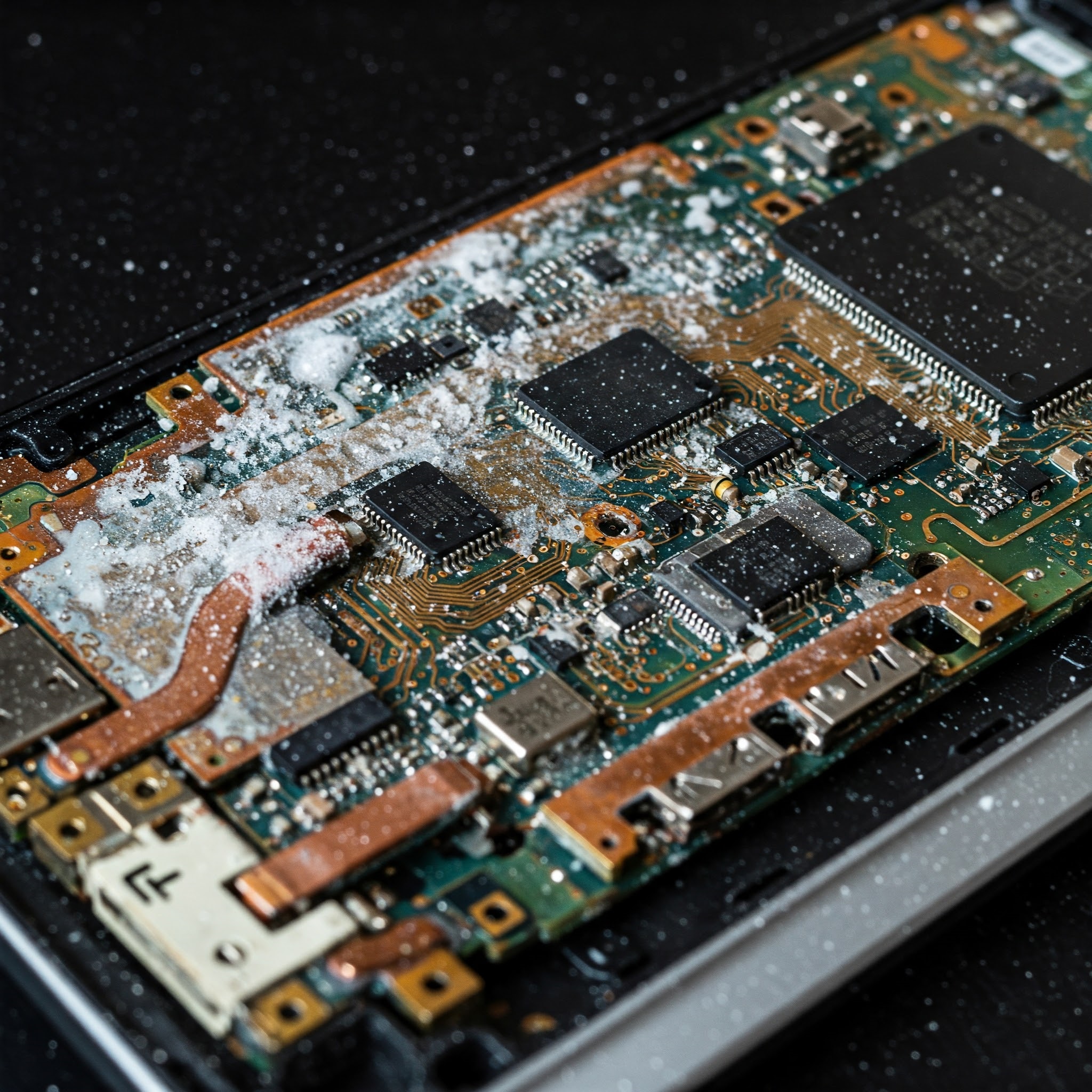
9. Electronics
Bleach is a corrosive substance that can damage delicate parts in electronic devices. When used, it can corrode circuit boards, connections, and other essential components, resulting in device malfunction or total failure.
For your electronics, it’s best to reach for specialized cleaners or isopropyl alcohol instead of bleach, as these options are gentle on electronic surfaces. They clean effectively while protecting those delicate parts, keeping your devices safe and sound. By regularly maintaining your equipment and using the right cleaning solutions, you not only enhance its performance but also help it to last longer!
Although bleach has been a go-to household cleaning product for many years, it’s essential to consider its downsides. The toxic nature of bleach can not only pose health risks to us but also potentially harm a range of surfaces, such as fabrics, wood, electronics, and natural stone. As we become more aware of these concerns, it’s a great idea to explore safer and more effective cleaning options that can help protect our health and belongings. Switching to eco-friendly cleaners can offer the same level of cleanliness without the unpleasant side effects that bleach can bring. By choosing wisely when it comes to our cleaning products, we can help create a healthier home for ourselves and our loved ones. Whether you prefer traditional methods or decide to go for greener choices, the key is to understand how your cleaning decisions impact safety and effectiveness in your routine.
For more cleaning tips, check out: Clean Your Home With Salt: 8 Easy Ways to Make It Sparkle!

